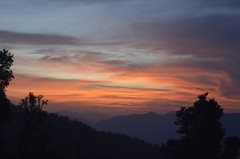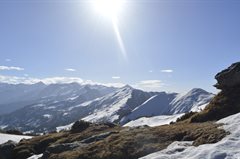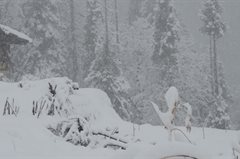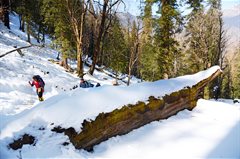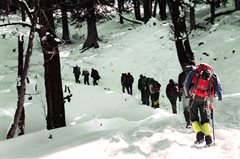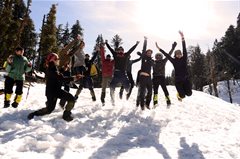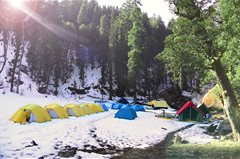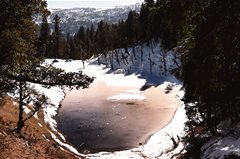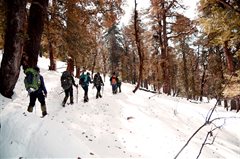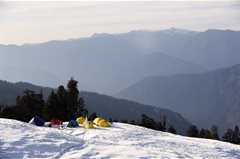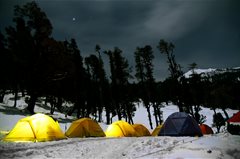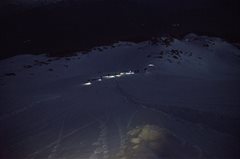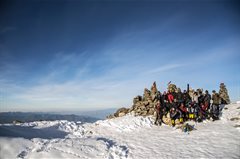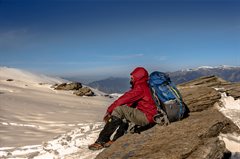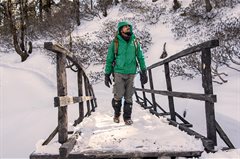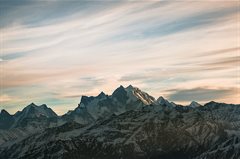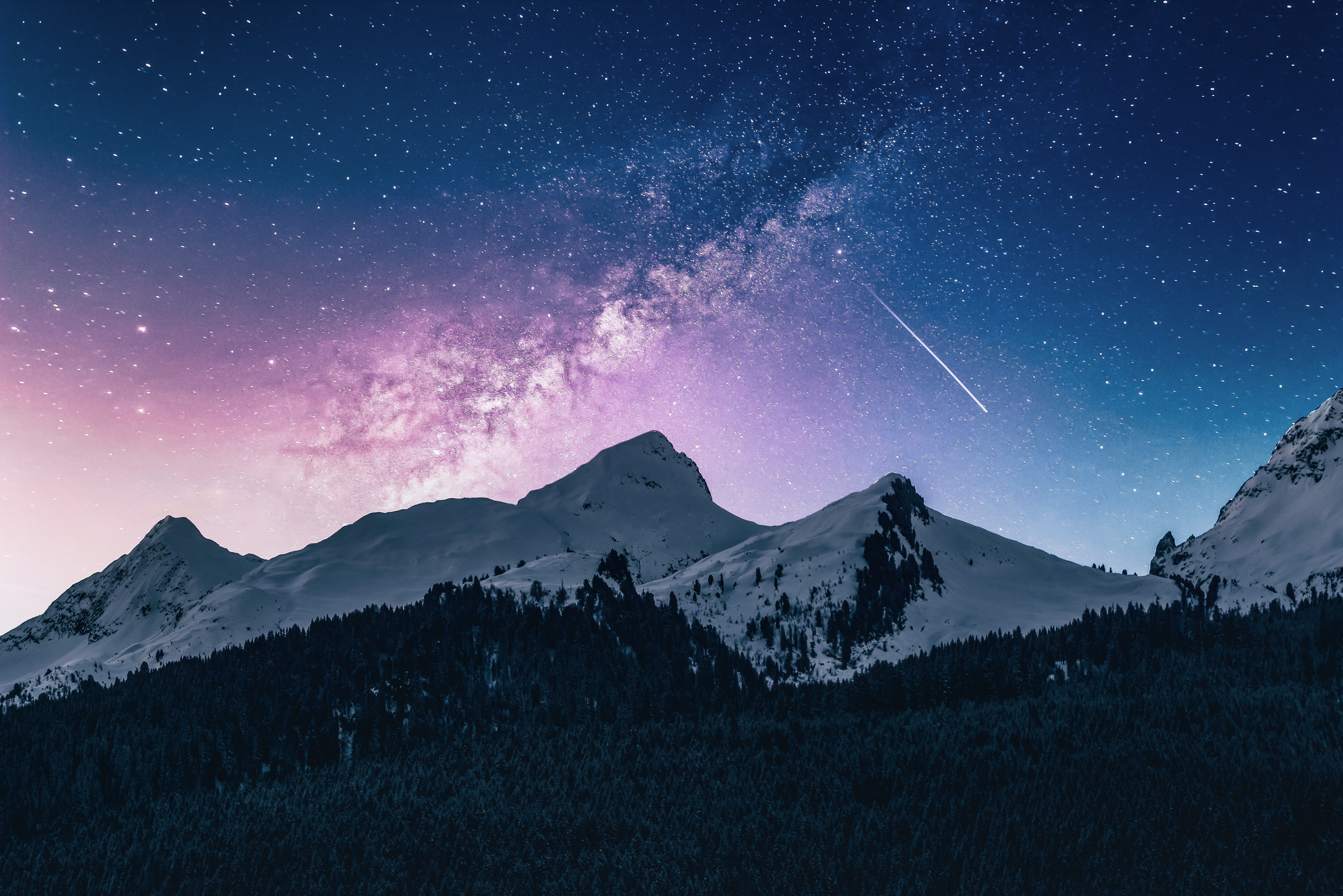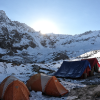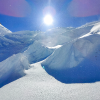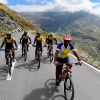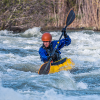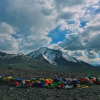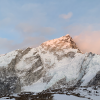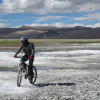Kedarkantha Trek
The Perfect Summit Trek for Beginners
Available Batches
Available Batches
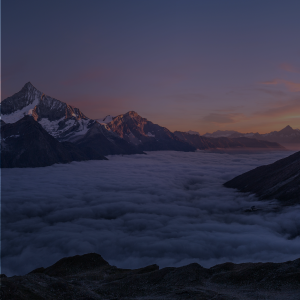


Brief Description
Brief Itinerary
Detailed Itinerary
Day 1
Arrive in Sankri (1950 m)
Distance: 197 kms (Dehradun to Sankri)
Duration: 9-10 hours
The journey begins from the capital city of Dehradun. The vehicles arranged by Bikat Adventures can be boarded at ISBT, Dehradun latest by 7 AM. Sankri is a common starting point for various treks in Uttarakhand like Har Ki Dun, Borasu Pass, Bali Pass, Ruinsara Tal and others. It is located at a distance of 197 km from Dehradun and would take about 9-10 hours to cover, gaining an altitude of 1950 M.
The road trip is beautiful right from the start. It begins witha drive through the spectacular hills of Mussoorie and the majestic Kempty falls tucked in high mountain cliffs. The roads are long and winding letting you absorb every bit of the picturesque beauty around. Swift mountain streams run parallel to the roads in many sections.
After crossing Mussoorie, the road runs along a sparkling Yamuna River for a while. Eventually, the landscape shifts from deep gorges to an enchanting canopy of blue pine forests flanking either side of the road.
The last 22 km to Sankri, however, steals the show as we make our way through the Govind National Park embracing a variety of exotic flora and fauna. The roads can be rough and bumpy in some sections but the breathtaking views of the dense coniferous forests, Tons river valley and scattered apple orchids will more than make up for it.
We will be reaching Sankri at around 5pm. Sankri is a lush-green village hosting some unparalleled views of Mt. Swargarohini, especially during sunset time. During peak winter season, that is December to February, you will encounter snow right from Sankri itself.
The stay today will be in guest houses. After check-in,trekkers can freshen up and explore the surrounding areas.
Day 2
Sankri to Juda-ka-Taal (2773 m)
Distance: 4 kms
Duration: 5 hours
The trek starts at around 9AM after a fulfilling breakfast. Packed lunches will be provided for the day.
During peak winters, your trek leader will provide you with spikes and gaiters before you start the trek. There will be a short briefing session on how to use them over the snow trail.
The path from Sankri takes you through another village, Saud, before leading you to the trail ofKedarkantha. There will be several bridge crossings along the way. The floor of these forests is thickly carpeted with maple leaves and is surrounded by dense foliage of pines everywhere. You will also be able to hear a stream burbling that you’ll come across later in the trek.
During winters, this very path looks no less than a winter wonderland with soft snow covering the branches and the floor below as a pleasantly warm sun shines above. And if you’re lucky enough, you may even witness snowfall during the trek.
The trail gradually ascends in a zigzag manner through the woods. An hour into the trek, you will come across a wooden bridge on your right. This marks a quarter of the day’s trek. Close ahead, you’ll catch up to the water stream you had been hearing so far. The tree line changes beyond this point to denser Maple and Oak trees.
After another hour or so, you will come across a gigantic fallen trunkresting in a glade right before the forest. At almost 2400 m, you are half way to the campsite for the day.
Continue trekking through the clearing into the Oak-brown forest. You will notice the air here carries the woody scent of the forests. The forest eventually clears up to a meadow with two small huts serving snacks and beverages. We will be halting here to have our packed lunches along with a cup of hot tea.
The trail that leads out of this clearingrapidly climbs through the woods eventually opening up to an exquisite lake, teardrop silver in color and guarded by a thicket of emerald-green Oak and Pine forests on one side.
This is the Juda-ka-Taal, a small high altitude lake on the Kedarkantha trek and our campsite for the day.
Day 3
Juda-ka-Taal to Kedarkantha BC (3413 m)
Distance: 4 kms
Duration: 3 hours
The trek gradient today is steeper than yesterday and goes through dense primeval Oak forests. After breakfast, we begin the trek towards the Kedarkantha Base Camp at 9AM.
Follow the trail that runs out of the Judaka Taal campsite. As the trail ascends on to a ridge veering further into the forest, you will notice the lake retreating slowly below.
A brief trudge through asnow-laden path will eventually lead us to glimpses of a tall mountain peak peeping through the woods – this is the Kedarkantha summit.
During late winters and early spring, you are likely to encounter residual snow on the trails from here on. Although the flora on the trek may not be in bloom yet, you will be greeted by semi-grown buds of Rhododendrons all the way. Come April, you will find bright orange and pink coloured Rhododendrons in full bloom and fresh grasslands waking up from their hibernation.
A short trek through umber-brown Oak forests brushed with snow leads to a stunning snowfield enveloped by towering woods on one side and a grand panorama of snow-clad peaks on the other. This is the Kedarkantha Base Camp.
Try spotting the Kedarkantha Peak, Bandarpoonch, Swargarohini andKalanagfrom here.
On clear days, the Milky Way gleams through the sky at night witha sheet of white snow shining all around. Early spring still carries residual snow in some sections of the Base Camp and the summit. The snow melts away by April, however, flushing out spring colors everywhere.
Have an early dinner and prepare to sleep well in time since the trek starts at around 3AM the next day.
Day 4
Kedarkantha BC to Summit (3810 m) & back to Hargaon (2700 m)
Distance: 3 kms + 6 kms
Duration: 4 hours + 3 hours
The trek to Kedarkantha summit starts at around 3 AM in order to catch the sunrise from the top. Be prepared for trekking through numbingly cold temperatures and icy mountain winds all along. The initial trail is easy with a mild ascent and runs through dense Oak forests for about an hour.
After this, the forests begin to recede and opens up to a clearing out of which two trails run to the summit. The trek leader decides which path to take for the ascent based on the condition of the snow.
This section is steep with an inclination of 45 to 60 degrees. The snow here can sometimes run knee-deep during the winter months. From March onwards, the snow starts to dry and disappears completely by April.
After about half hour, you trek through various switchbacks to finally reach the surreal summit of Kedarkantha at the break of dawn. The summit opens up to a fantastic360 degree view of some renowned mountain peaks and ranges in the region like Gangotri, Yamunotri, Bandarpoonch, Swargarohini and Har Ki Dun amongst others.
There is also a square arrangement of stones at the top, dedicated to Lord Shiva and goddess Parvati, marked by a Trishul pointing to the sky as a shrine.
After spending some time at the summit, we start descending through the alternative route that leads to the clearing below. Expect to reach the Kedarkantha base camp by noon. We will halt at the campsite for a quick lunch. This will be followed by a descent to Hargaon. At an altitude of 2700 m, Hargaon is an open grassland (likely to be covered in snow during winters)encircled by dense forests.
We will be setting up camps here for the night and bask in the star-lit skies past dusk as we mark the end of an exhilarating day.
Day 5
Hargaon campsite to Sankri (1950 m); Depart from Sankri
Distance: 6 kms + 197 kms
Duration: 3-4 hours trek + 9-10 hours drive
Although today’s trek is the easiest of all days, it is going to be a long one. We begin early and leave for Sankri post breakfast. The trail is rocky but well-paved and runs alongside steady streams. It gradually evens out to a ridge and opens up to gaping views of the mesmerising Har Ki Dun Valley. After a short break at Sankri, have a final look at the lovely views around as we leave for Dehradun with a lifetime of memories.
Note: We are likely to reach Dehradun by 8-9 PM. If you are planning on traveling to Delhi overnight, please ensure you book Volvos that leave between 11 PM and 12 AM to account for any unexpected delays on the road.
What's Included
- Meals during the trek
- Dinner on arrival day in Sankri
- Forest Permits/Camping Charges (only if availing transportation through Bikat Adventures). Included only upto amount charged for Indian Nationals
- Tents, Sleeping bags, mats
- Safety Equipment includes static rescue rope, seat harness, carabiners, pulleys
- Trek guide, cook, helpers, porters & mules for carrying common luggage
- Services of a Certified Trek Leader
What's Not Included
- Meals during road journeys
- Transportation from Dehradun to Sankri and back to Dehradun.
- Carriage of Personal Bags during the trek
- Any kind of Insurance
- Any expense of personal nature
- Any expense not specified in the inclusion list.
Are you Eligible for this Adventure?
Resting at an altitude of 3,800M and spanning over 20 km, this trek packs all the nuances and challenges of a summit experience but on a much smaller scale. Kedarkantha trek is perfect for beginners looking to embark on their first summit trek in the Himalayas.
BRS Level Required
Since it is a beginner’s trek, you need no special prior experience. Although one is required to have mental preparedness and stamina before he/she begins the trek.
If you do not know what level of BRS trek would suit you best, worry not! Fill out this Form:
we will send you a progression chart to help you comfortably get out of your comfort zone in order to level up and ultimately reach your highest potential in the big, bad world of outdoor adventure.
Packing List
This is a list of essential items for individuals doing the trek with Bikat Adventures. This list contains only those items which the participants are required to bring with them. The list excludes those items which are provided by Bikat Adventures on the trek. We have divided the items into five categories. All the items in the list are essential except for those marked as optional.
Trekking Gear
- Ruck sack bag with rain cover. Qty -1
- Day Pack Bag - Recommended for treks with summit day
- Head Torch with spare Batteries. Qty -1
- U V protection sunglasses. Qty -1 Here is how you can choose the best sunglasses for trekking.
- Water Bottles: 2 bottles of 1 liter each
Footwear
- Non-skid, deep treaded, high-ankle trekking shoes Qty -1
- Pair of light weight Slipper/Sandals Qty -1
Clothing
- Quick Dry Warm lower or Track Pants. Qty - 2
- Full sleeves T-shirts/ Sweatshirts. 1 for every 2 days of trekking
- Pair of thick woolen socks. 1 pair for every two days of trekking
- Thermal Body warmer Upper & Lower. Qty-1
- Undergarments. Qty - 1 for every day of trekking
- Warm jacket closed at wrist & neck .Qty-1
- Full sleeves sweater. Qty -1
- Rain wear ( Jacket & Pants ) . Qty-1
- Pair of waterproof, warm gloves. Qty-1
- Woolen cap. Qty-1
- Sun shielding Hat. Qty -1
Toiletries
- Personal toiletries kit (Small Towel, Toilet paper, paper soap, Bar soap, toothbrush, toothpaste, cold cream, etc.)
- Sun screen lotion small pack. Qty -1 Here is your Sun Protection 101 to stay safe in the bright sunny outdoors.
- Lip Balm small pack. Qty-1
Utensils
- Small size, Light weight & Leak proof lunch box. Qty-1
- Plate. Qty- 1
- Spoon.Qty-1
- Tea/Coffee (plastic) Mug.Qty-1
Miscellaneous
- Camera (Optional)
- Carry your medicines in plenty in case you have any specific ailment. Consult your doctor before joining the trek.
- Dry fruits, Nuts, Chocolate bars (Optional)
Frequently Asked Questions
Why Bikat?
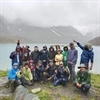

Small Group Size
Our batch sizes are capped at 15 for smaller treks with the trek leader and trekker ratio of 1:8. This ratio, in our years of experience, has proven to deliver the best trekking experience for individuals as well as groups. Capping the size of the group ensures individual attention to each trekker so that no signs of distress or need during the trek go unnoticed. It also helps to form a more cohesive cohort with better group energy which helps define the rhythm and pace of days on the trek. As you go higher up on the BRS scale, since the stakes are higher, expeditions have an even smaller group size with the ratio of expedition leader to climber set at 1:2.
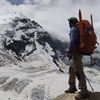

Qualified Trek Leaders
We follow a rigorous regime of hiring and training our experts in the field. Each trek leader is a certified mountaineer with years of experience in the field. In addition to their qualification, they also go through practical and situational training to tackle any and all kinds of sudden conditions that may present themselves on the ground. Being unpredictable is the core nature of the mountains but being ready for any circumstance as best as possible is a controllable asset that we try to nurture. Our field experts are also trained in basic medicine and first-aid response. Watch: Forerunners - The Making of A Trek Leader At Bikat Adventures
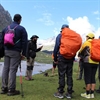

Guided Progression
Since Bikat Adventures is a learning-based organization, we help you climb up the ladder of difficulty within the sphere of outdoor adventure systematically. Our on-ground training modules are designed to handhold you through the upskilling process so that you are ready to take on bigger challenges.
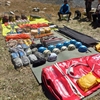

Equipment Quality and Check
All the gear used on our treks and expeditions is tried and tested, maintained for good quality, and is overall top-notch in quality and condition. We are continually looking to obtain the best of everything there is in the market so as to ensure optimum safety.
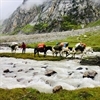

Support Systems
Along with the staff you see on-ground, we have a team of superheroes working in the background to give you the best experience possible. Our background team also comprises local staff from each area who know the region best. Having local support helps with studying the area, pre-planning, execution, and in receiving timely support in case of emergencies in these remote locations.
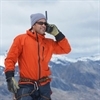

Communication
Our on-field staff is in constant contact with our teams based in primary locations so as to eliminate any avoidable delay in reaching additional help and support when required. We try to use the best tools for communication available, including satellite phones, in regions where they are not restricted.
What our customers Say
Cancellation Policy
Cash refund
Cancellations up to 60 days prior to departure date
Between 60 days upto 30 days prior to departure date
Between 30 days upto 10 days prior to departure date
Less than 10 days prior to departure date
Voucher refund
Cancellations up to 30 days prior to departure date
Between 30 days upto 15 days prior to departure date
Between 15 days upto 10 days prior to departure date
Less 10 days prior to departure date
- Cash refund is applicable only in case of bookings made without using any promotional offer code or Cancellation Vouchers or Discounts
- This is only a brief of cancellation terms. For finer details please refer Detailed Cancellation Policy.
Blog Posts
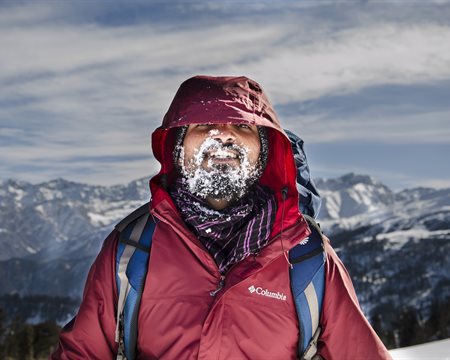
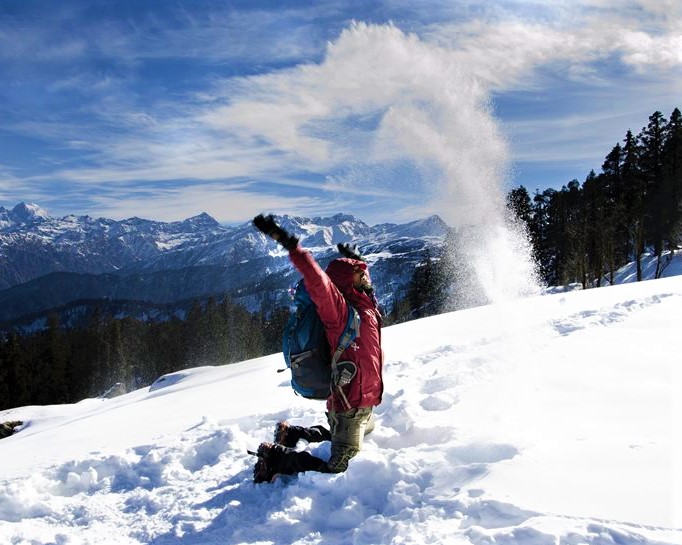
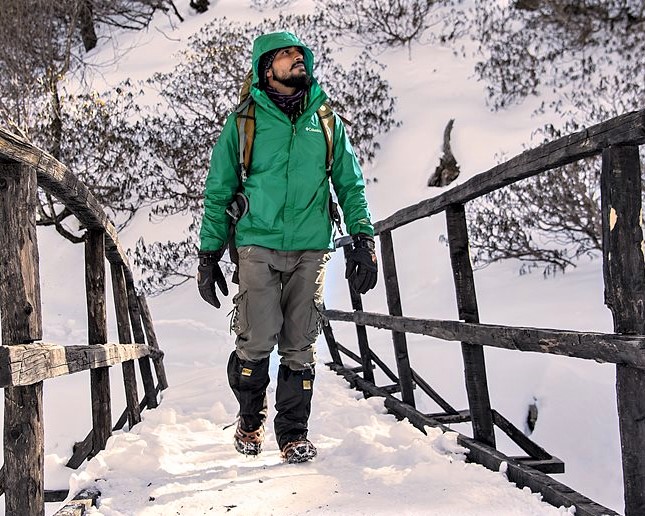
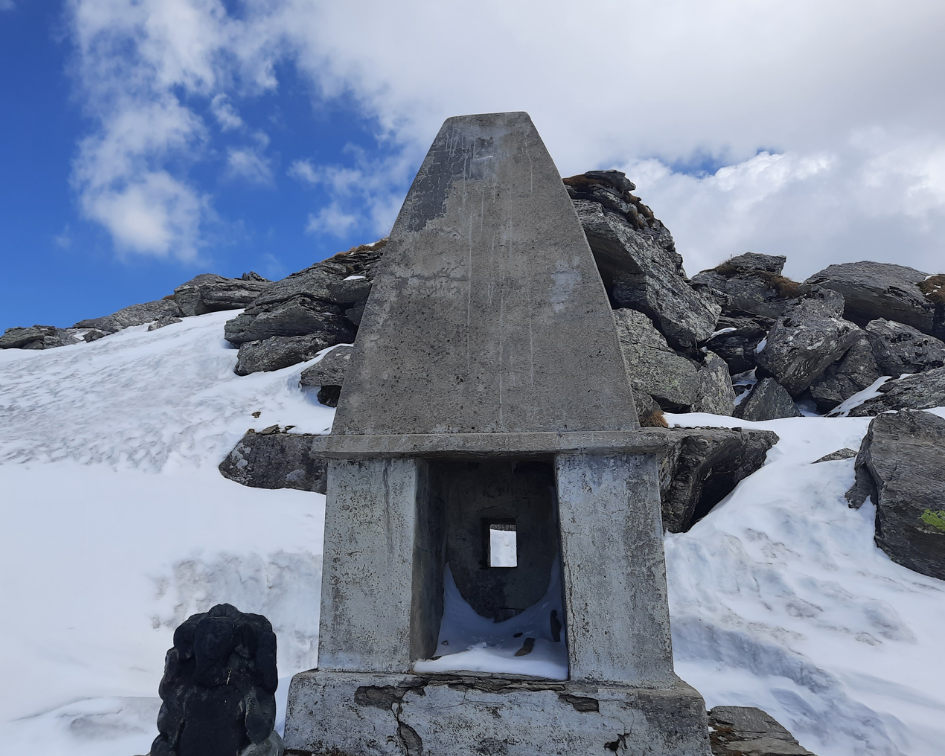
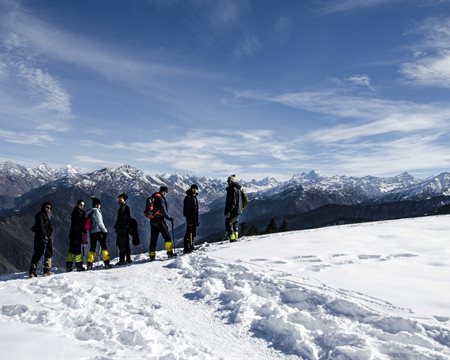
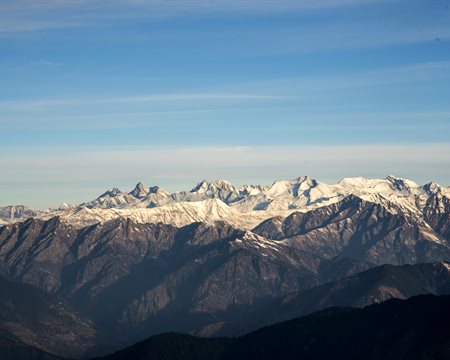
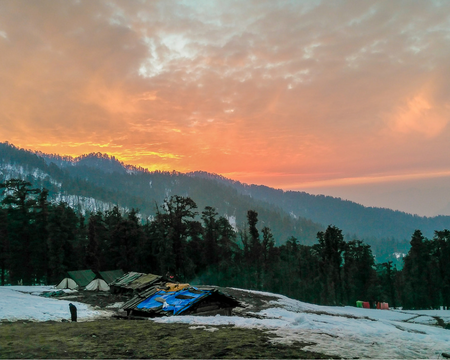
Similar Adventures
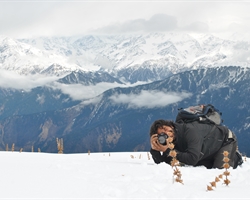
Dayara Bugyal Trek
A Short Escape for a Long Weekend
Uttarakhand
5 Days
BRS 2
3750 m
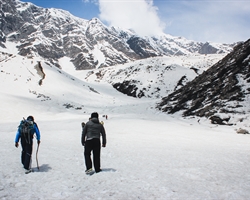
Beas Kund Trek
A Beginners' Delight that takes you to the source of River Beas
Himachal
3 Days
BRS 2
3700 m
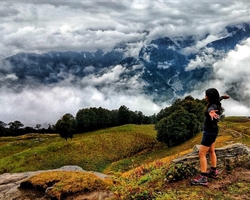
Bhrigu Lake Trek
A Weekend Escapade into the prettiest grassland of Himachal
Himachal
3 Days
BRS 2
4267 m
